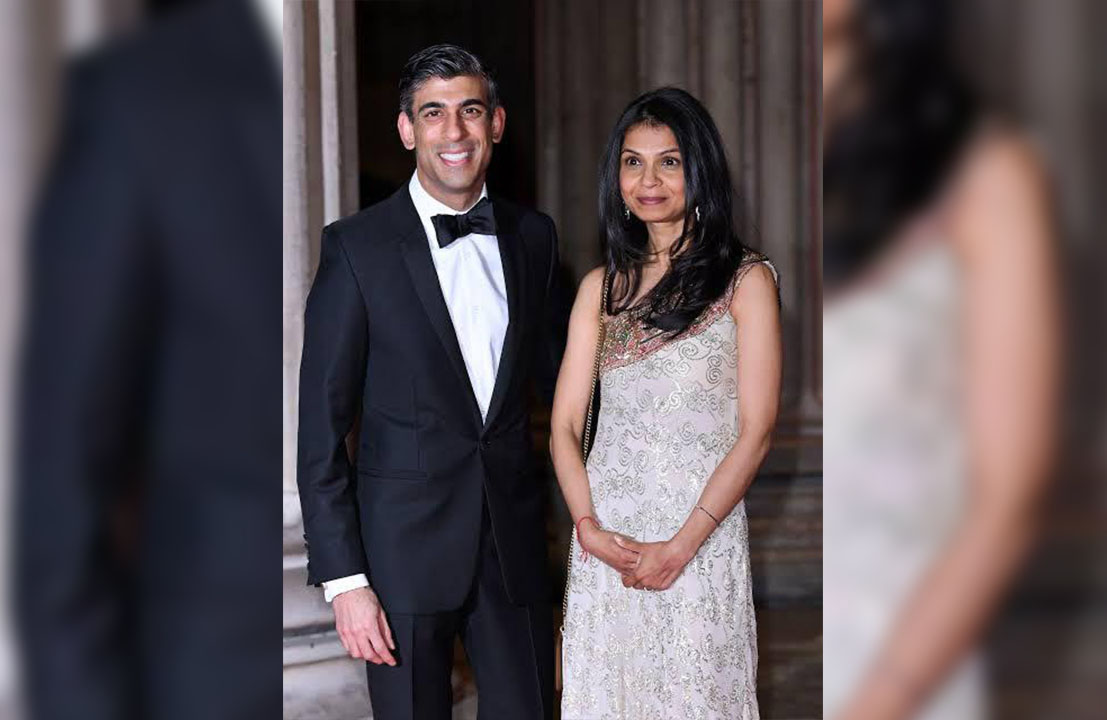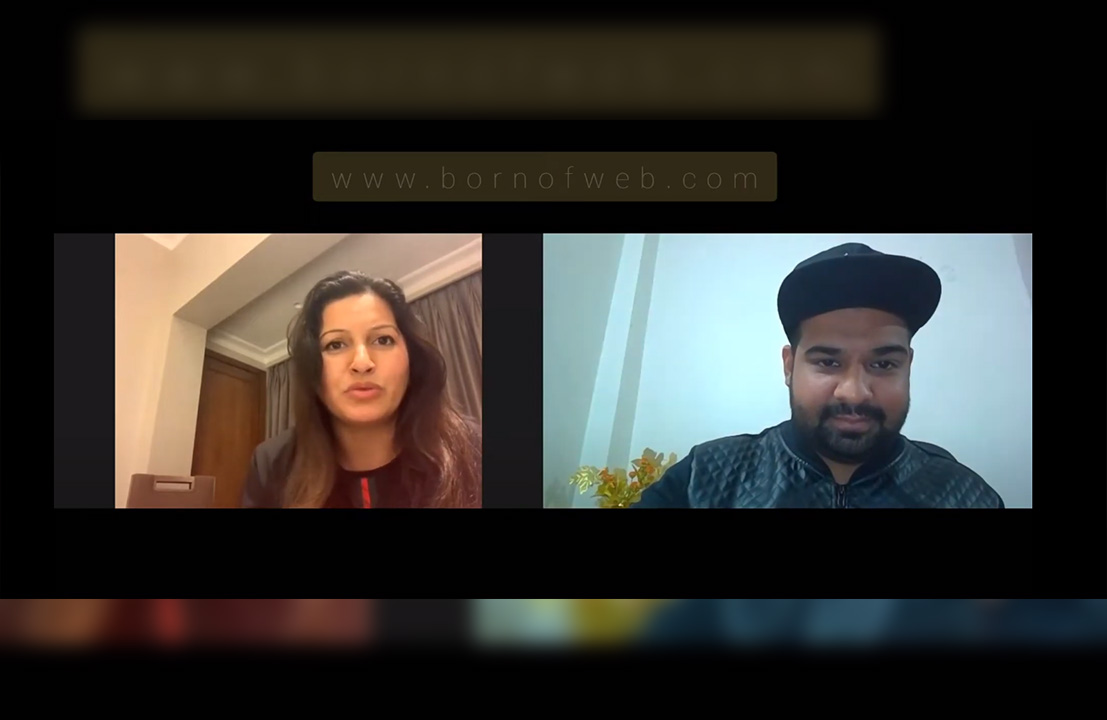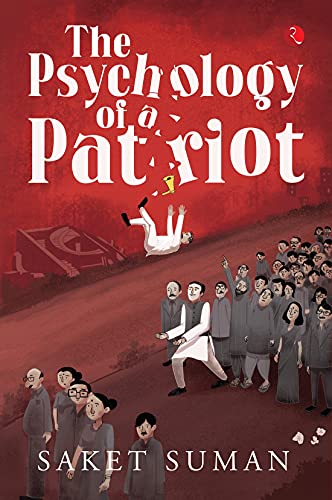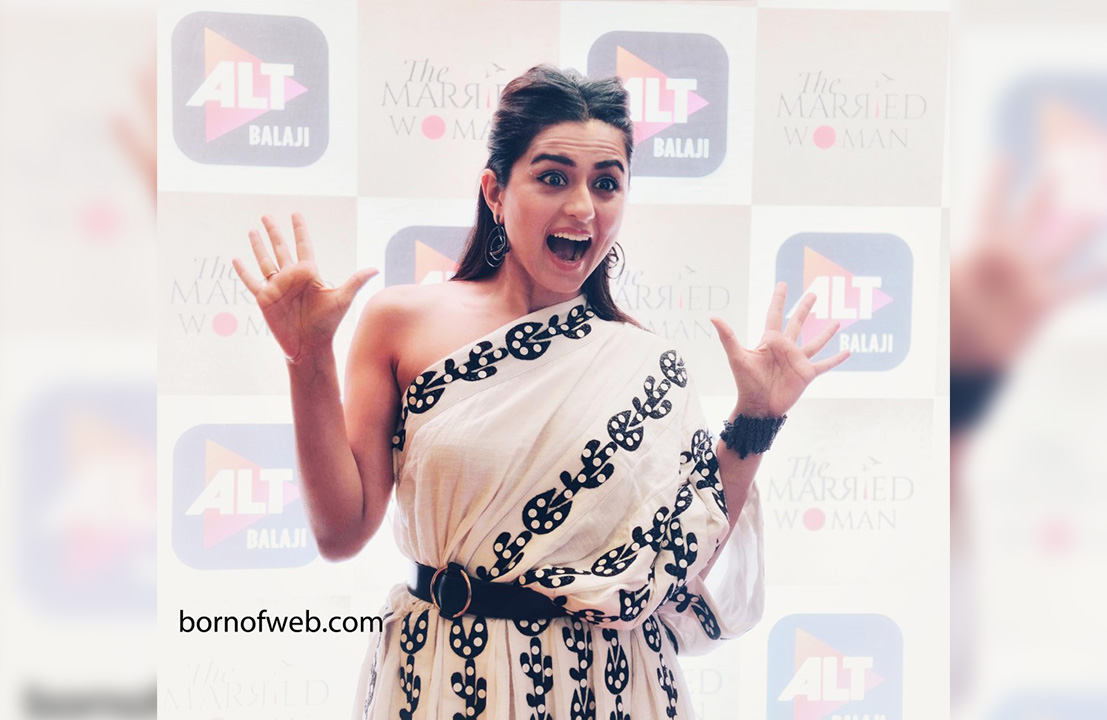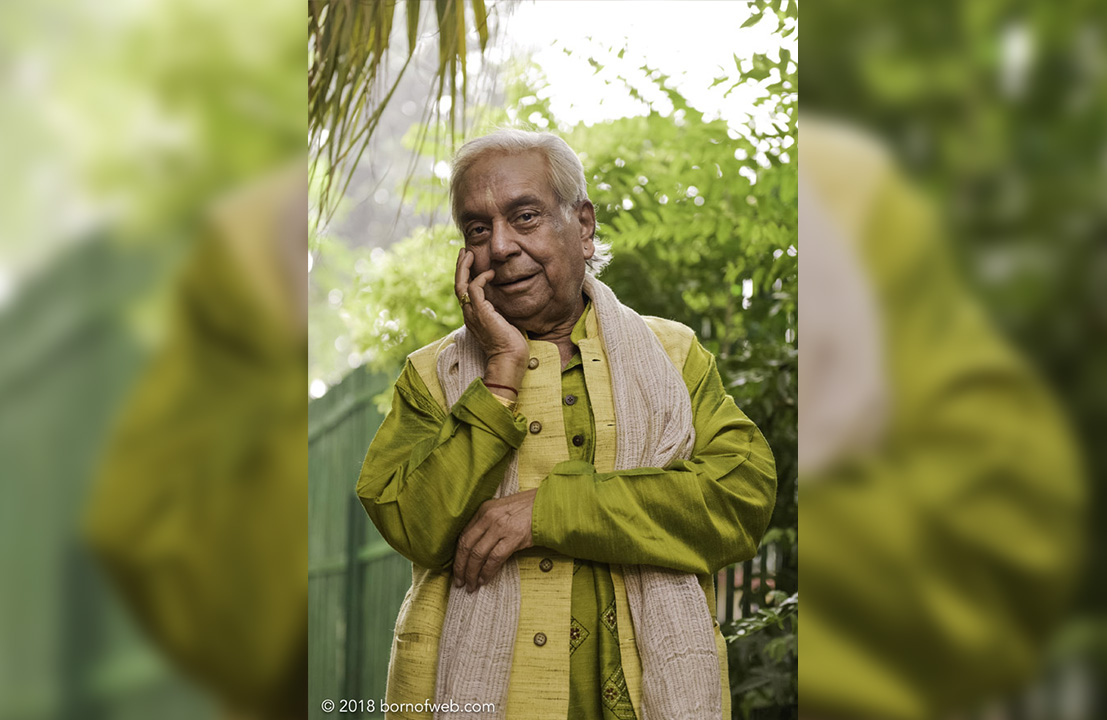
With the lift of an eyebrow and a flick of wrist he can express more than most others can in an entire tome. When his ghungroos reverberate it seems the entire universe is in tune and dancing with him. Not for nothing is he considered the complete artiste: He can dance like lightening, he can sing like an angel, his choreographies and compositions are legend, he can play most instruments to perfection, he can paint, he writes poetry like a mahakavi, he is a Guru to some of the biggest names in the Kathak world… Over to Dr Alka Raghuvanshi

Birju Maharaj is a Maharaj or an emperor in the true sense of the term for he has ruled the stage like a colossus for nearly six decades and more. His conversation is replete with philosophical and spiritual metaphors – he alludes to the Ganga emanating from Lord Shiva’s matted locks with as much comfort and ease as he invokes examples from Lord Krishna’s lore. “The arts are like the tributaries of the mighty river – as if the singer has taken the swaras, the artist has taken the colours and the dancers have taken the effervescence of the waters,” he says. He considers Lord Krishna as his ishtdevta or the God that he prays to – “after all he also danced” – he says with a smile! His ease and alacrity with which he is able to express abstract thought is completely mesmeric. He can recall an endless number of compositions and padhants, tukras and ladis, thumris, holis, chaitis and kajris roll of his tongue with total ease.
There is an innate charm in him that is almost innocence by another name. He recalls his early years with slight mist in eyes: “My father had died when I was very young. He had taught me a bit but it was my mother who not only insisted that I practise what he had taught me but ensured that my chacha Shambhu Maharaj took on my further teaching. It was my mother who taught me so many things she had seen my father do, words of thumris, padhants… I worked very hard doing riyaz for hours alone in a dark storeroom full of various musical instruments. When my feet would start slipping in my own sweat, I would open my eyes and start to fiddle with the first instrument my eyes fell on – as a result I learnt to play many instruments!”
Kathak may be easier to comprehend and it is by far the most popular of the classical dance forms from the northern part of India. Considering the threshold at which it is today, the likelihood of it degenerating by playing to the gallery is great. “Chakkar pe chakkar lagate hain,” he says, referring to the pirouettes, the number of which fetches the performer public adulation. Birju Maharaj has himself flayed this tendency to overdo what is only a part of the dance in order to please a lay audience. According to him, the subtle nuances of the form are being sacrificed to exhibitions of dexterity. “Aah nikalni chahieye wah se zyada!” he says – not for him thunderous applause but appreciation that stems from the depth of the audiences’ being.
Birju Maharaj’s finesse, his acumen, the ease of telling the katha or story from which the dance form gets its name is just so special that it belies description. His métier lies in his establishing as an inalienable aesthetic right the individual interpretation that now characterises Kathak’s “open-endedness”. The other irreversible aspect that he has introduced is the full audience participation that lends Kathak its charm. Dance audiences used to the stolid, prearranged continuity of other classical dances hold the open ended quality of a Kathak performance as extremely attractive. However, it is dependent on the individual performer’s ability to hold audience attention and artistic integration where again Maharaj is the undisputed emperor as he melts from one role into the other with complete ease.
Genius cannot be taught but aesthetics can. The Lucknow gharana has come to dominate the field to such an extent that students and performers of the rival Jaipur and Banaras gharanas acknowledge in private that they have to acquiesce to Birju Maharaj’s personal andaaz or style to keep afloat, even if the questionable sensibilities of populism have made them redundant.
The tradition of Kathak demands that a performer be able to switch from role to role; but the tendency these days to narrow specialisation in dance alone, to the exclusion of other inter-linked arts, may spell the ruin of Kathak as Birju Maharaj has made it: A composite discipline capable of dazzling solo performances. One of the greatest achievements the maestro has been able to do is return Kathak to its pre-mughal origins. Lucknow, the seat of the Avadh empire, in any case ensured that Kathak would dilute its origins with a hefty dose of Mughal court culture, but his culling out compositions from the Shiva and Krishna lore have established the credentials of its origins as the katha kahe so kathakar kehlave – those who tell the story or the katha are called Kathaks.
His contribution lies in his distinctive, precise ‘diagonal line movement’ and its varied configurations, and in the stances and postures when ending a piece at the sama or the point of its consummation or resolution. Some of these techniques have become mandatory and, in consequence, outside the ownership and repertory of any particular gharana. His anga has become a universal part of the collective aesthetic consciousness. The fact is that even if we were to see something daringly different by someone other than Birju Maharaj, in all likelihood its import would pass us by. He has become the matrix through which all that has to do with Kathak must pass. To paraphrase W B Yeats: What is more important, the dancer or the dance? In this case the answer may not be so obvious!

But for all his contributions and the laurels collected along the way, the man has never allowed it to go to his head. “How can I even consider that it is “I” who is dancing? To me it is always Krishna who is dancing through my bodily form. In my personal conversation with Him, it is that I also want to see what you have to say through me…” For him now even shringar rasa or the bhava or emotion of love is part of bhakti.
“We have to keep pace with the times when we teach. Earlier ghungat or veil was so popular and shyness was considered a virtue, there was the village well where hundreds of romantic situations happened, now none of this is true, so one has to keep it in mind,” says the complete modern man.
Birju Maharaj’s choreographies have been part of some memorable films including Satyajit Ray’s Shatranj ke Khiladi, Yash Chopra’s Dil To Pagal Hai, Sanjay Leela Bhansali’s Devdas and Baajirao Mastani to name a few. He has made some very popular Bollywood film actresses dance to his tune with great aplomb. There is an almost boyish delight when he speaks about the experiences – so much so that one is humbled by his humbleness. For he is quintessential laden tree whose branches have taken root, spread afar and yet the tree is immersed in its own sadhna oblivious to the world as it were…!
(This article is a part of our Leaders of India series featuring iconic achievers from different walks of life. Click Here to read more articles)
Lack inspiration in life? Read following tales of iconic visionaries, presented by BornofWeb!
King Padmanabh Singh on his runway debut in Milan & Nobility for Ability | Karan Bhardwaj | BornofWeb
Indian Olympian Deepa Malik’s most inspiring interview | Born of Web
Designer Ritu Kumar on what makes a brand successful | BornofWeb
Kailash Satyarthi: After Nobel Prize, I cannot go to rescue operations comfortably | BornofWeb
SUNIL SETHI: The man who revolutionised the Indian fashion!
Let’s connect on social media:
YouTube: https://www.youtube.com/c/BornOfWeb
Facebook: https://www.facebook.com/bornofwebIndia/
Instagram: https://www.instagram.com/born_of_web/
Twitter: https://twitter.com/BornOfWeb
Google Plus: https://plus.google.com/u/1/+BornOfWeb
Pinterest: https://in.pinterest.com/bornofweb/
Linkedin: https://www.linkedin.com/in/bornofweb/



